Nothing new here.
As with books, the movies which most inspire the visual senses were all made a long time ago. The modern obsession with the action/adventure genre, along with attention spans shortened by video games and the like, largely preclude the making of beautiful movies. There’s no money in them and the Hollywood system no longer has time for art house movies.
But go back a few years and choosing just five of the most beautiful movies is not at all easy, for there is so much great work out there especially from the 1960s and 1970s.
In no particular order, then, these are the five which have most stimulated my visual cortex this past decade.
1 – Death in Venice, starring Dirk Bogarde, directed by Luchino Visconti. 1971
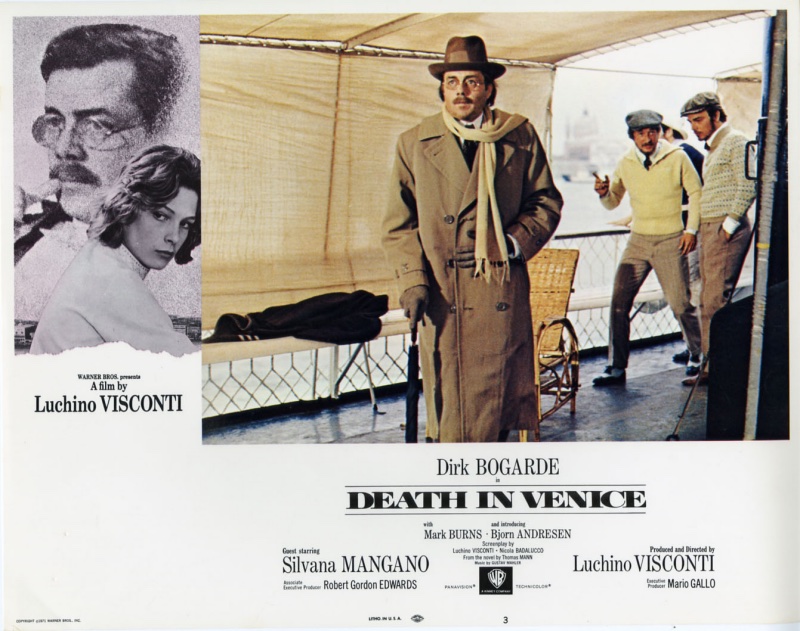
Based on Thomas Mann’s novel of the same name, Death in Venice chronicles the last vacation and death of one Gustav von Aschenbach in fin de siècle Venice. Visconti’s work was always rich and lush with Italianate color and from Bogarde, a lightly regarded British comedic heart throb, he coaxed one of the very greatest performance on film. Never less than lovely to look at the movie is a treat for the ear, too, much of it set to the Adagietto from Mahler’s Fifth Symphony. The movie demands attention and patience, both amply rewarded. I originally saw it on its first run in Mayfair as a young man of 18 and recall well stumbling out into the Belgravia streets simply dazed and overcome with emotion.
2 РStreets of Fire, starring Michael Par̩, directed by Walter Hill. 1984.
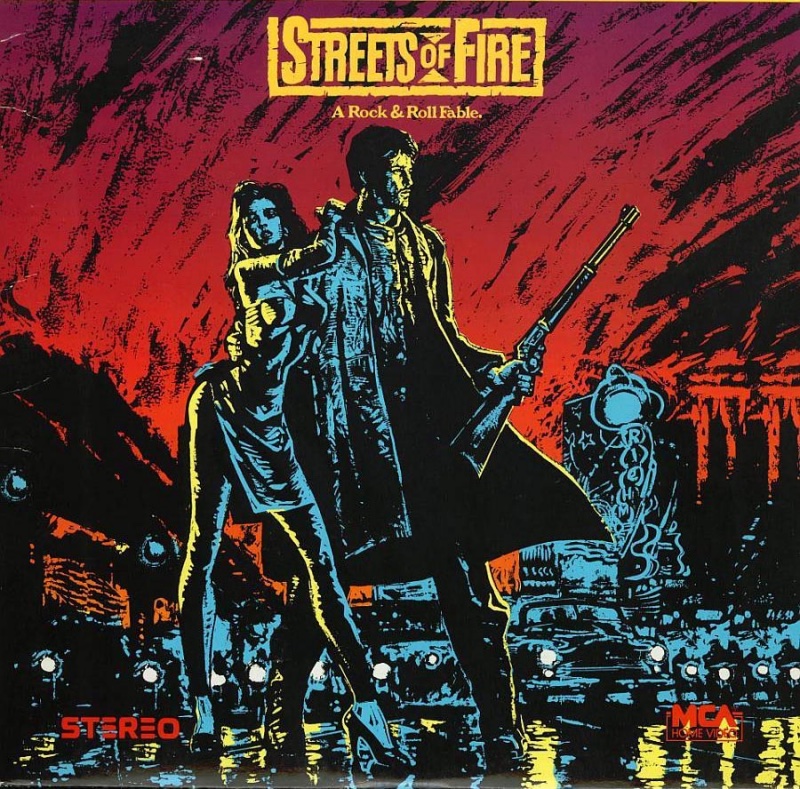
You could not find a visual masterpiece as culturally removed from Death in Venice as this rollicking good time. Set seemingly in 1950’s Chicago and filmed almost exclusively at night, the imagery – set to a raucous Ry Cooder rock track – is startling and attention getting. Even the video game generation will get this one. The youngest movie here.
3 – Barry Lyndon, starring Ryan O’Neal, directed by Stanley Kubrick. 1975
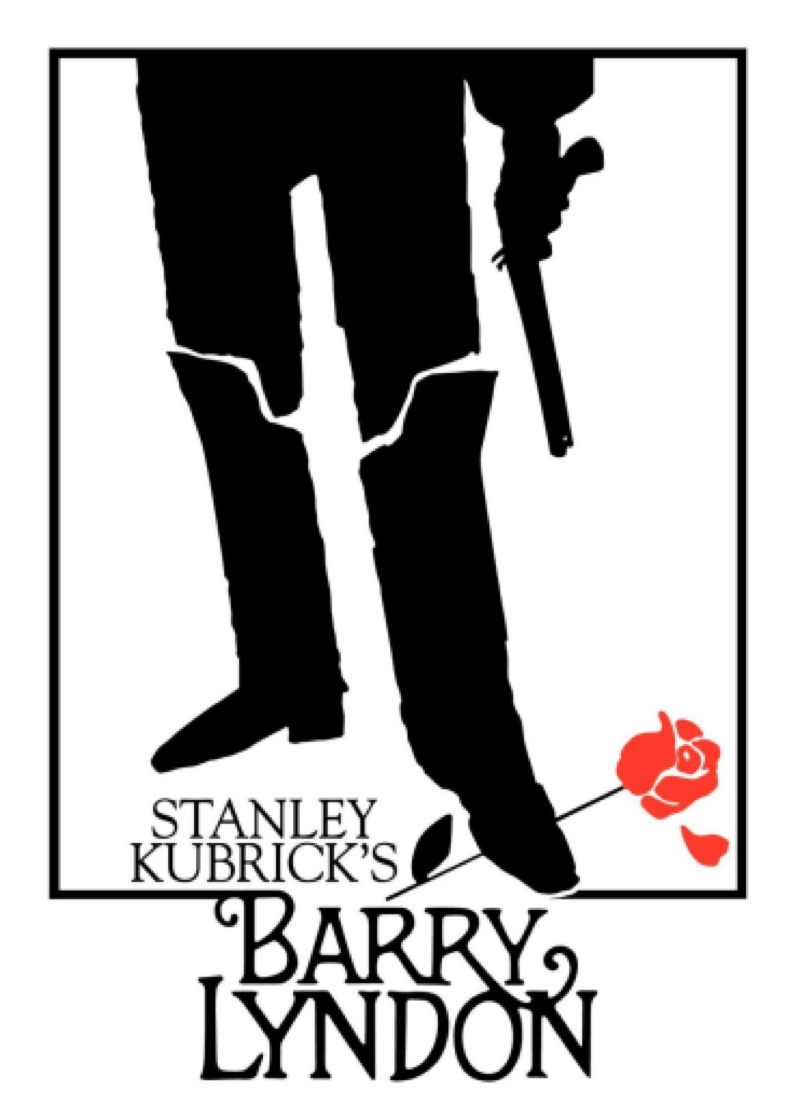
This three hour long movie is not for those in a hurry, and visually it remains unsurpassed. Rather forgotten in a Kubrick oeuvre whose admirers prefer ‘2001: A Space Odyssey’ and ‘The Shining’, this lushly filmed and costumed period piece is balm for the eyes. If your visual senses matter to you, this is probably the movie to see above all others. If nothing else, Marisa Berenson (the niece of that great Renaissance art expert and charlatan, Bernard Berenson) has never looked lovelier. Handel’s Sarabande dominates the sound track and could not be bettered.
My son, aged 13, had already watched it – all rapt attention – thrice, which tells you something about how you should bring up a kid in today’s world. He will be successful as a result of his attention span, not despite it.
4 – 2001: A Space Odyssey. The star is the English cinematographer Geoffrey Unsworth, directed by Stanley Kubrick. 1968
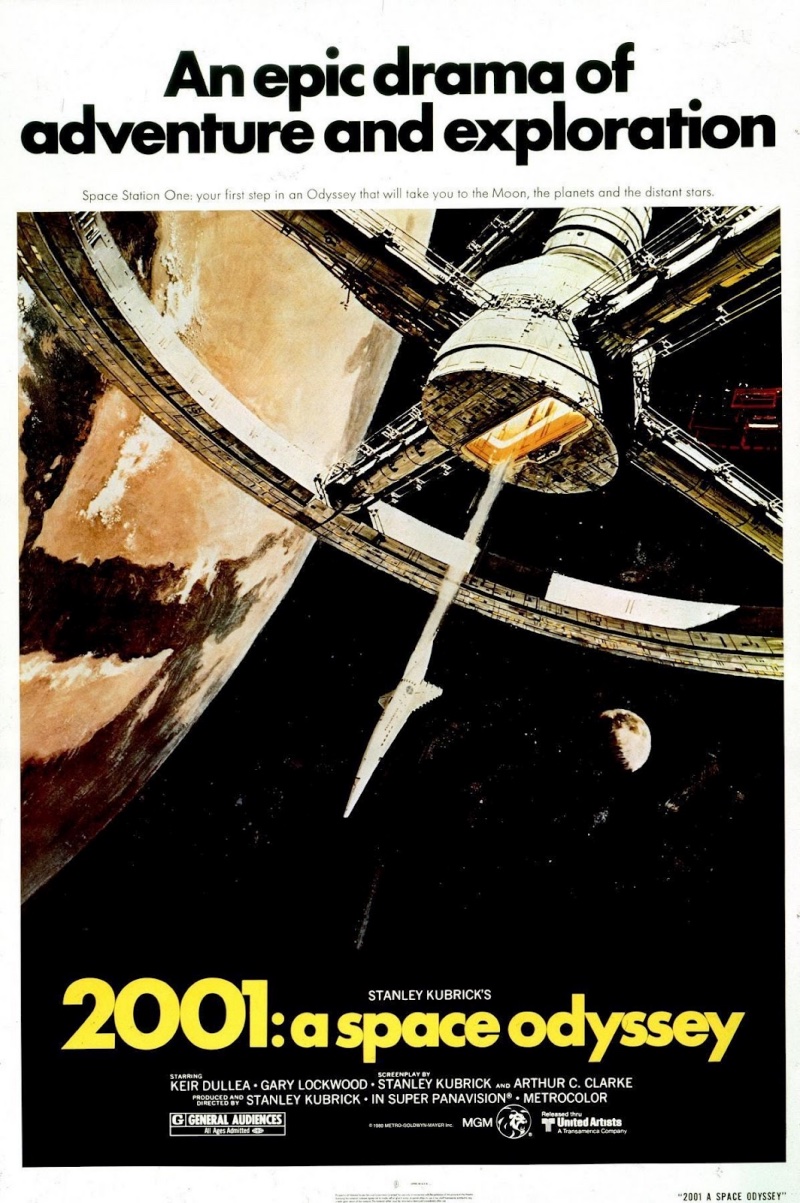
In the previous column, one on photography books, I made mention of the adjective ‘breathtaking’ as one which is abused yet remains useful for lovers of good English. And ‘2001: A Space Odyssey’ is nothing if not breathtaking. It does not hurt that the movie includes simply the most stunning cut in world cinema, the moment when the monkey hurls the bone/weapon victoriously in the air and Kubrick and Unsworth cut to a space station set to Strauss’s Blue Danube Waltz. Breathtaking. And if you have never quite understood Varese’s music, this is a good place to start.
5 – Lawrence of Arabia, starring Peter O’Toole, directed by David Lean. 1962.
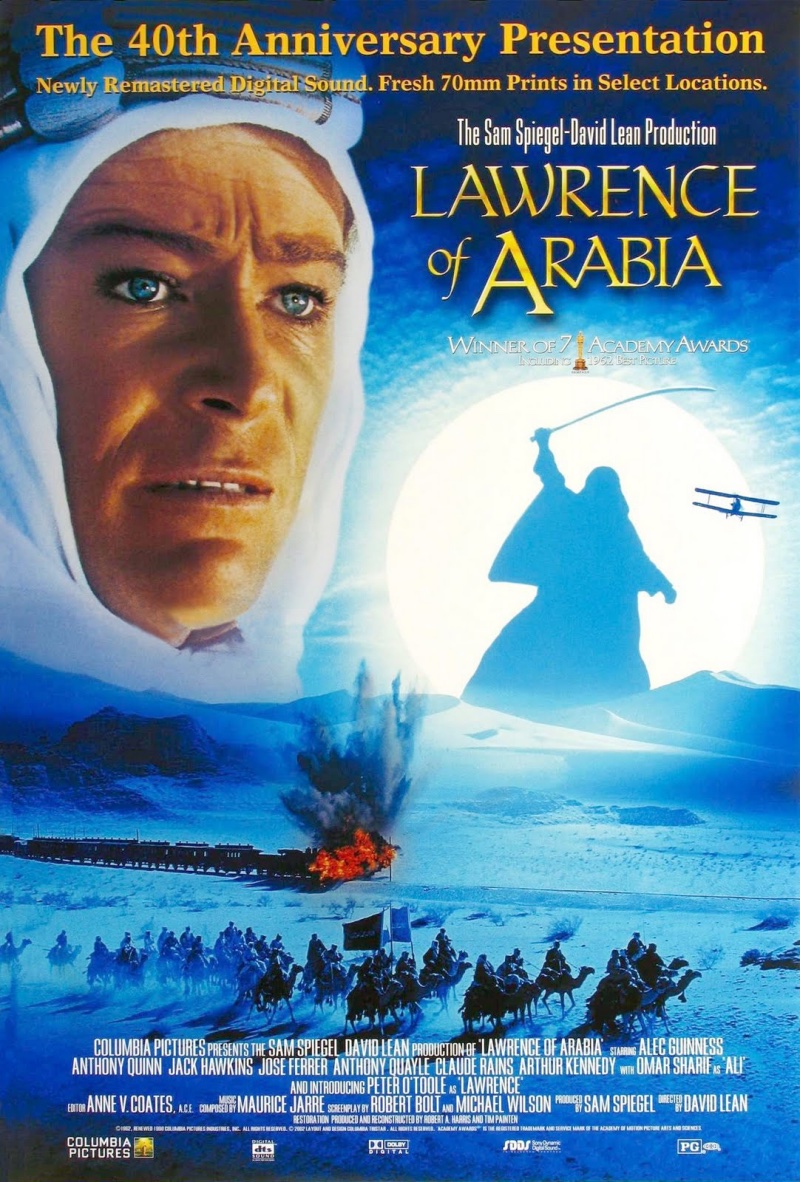
Jackson Bentley: What is it, Major Lawrence, that attracts you personally to the desert?
T.E. Lawrence: It’s clean.
A rare moment of humor in a film which you should see, if at all possible, in a revival movie theater on a huge Cinemascope screen. I saw it thus twice when it played in the Carnegie Theater in Manhattan, close to my home on 8th Avenue and 56th Street in the mid-1980s and it really is the only way to do it justice. And speaking of great cuts, the one here is in the same class as Kubrick’s money with the femur. Lawrence, showing off his disdain for pain, snuffs out a match with his bare fingers and Lean cuts to the infinite vistas of the desert. That is special and Maurice Jarre’s music is the icing on the cake. One of O’Toole’s earliest movies and one for which he was cruelly denied the Oscar.
If there was ever a more physically perfect leading man than O’Toole, I cannot think of one and it’s lovely to hear him speak in the proper English of my youth, not the grammar school garbage emerging from the mouth of the average English speaker today.
With the exception of Barry Lyndon, made on Kodak film (Kubrick opting for the pastel rendering), all were made in Technicolor. No surprise there. ‘Death in Venice’ comes on an SD DVD only (a so-so print) as does ‘Streets of Fire’ (an excellent print). The others all come in Blu-Ray options and there really is no alternative but to get these.
You can see all my movie reviews here.